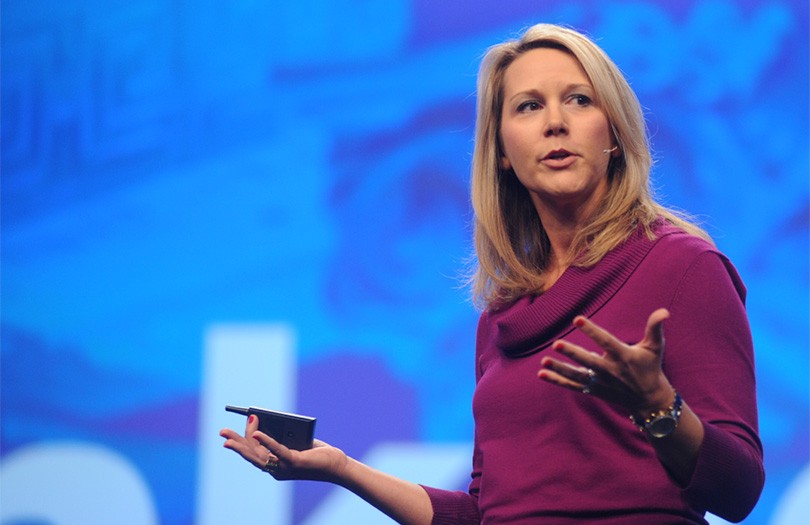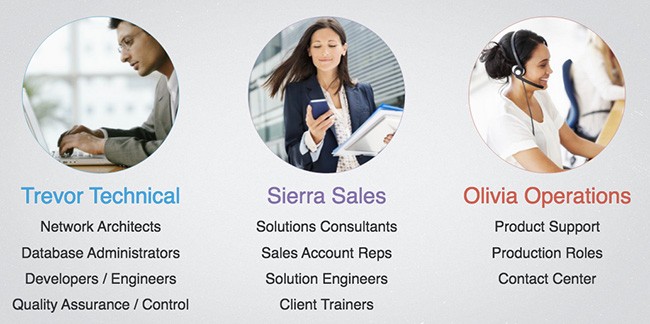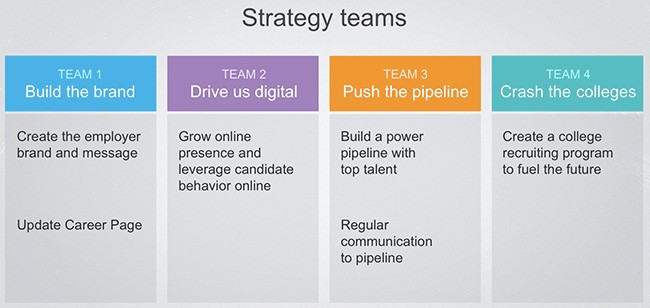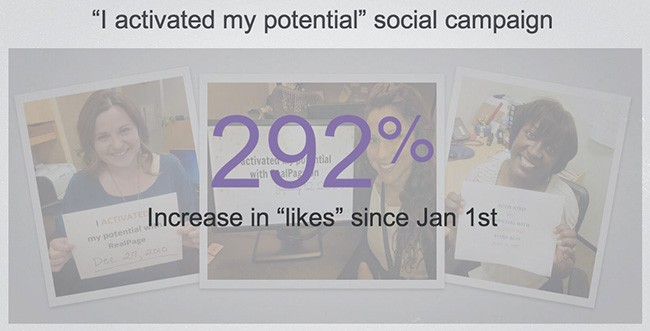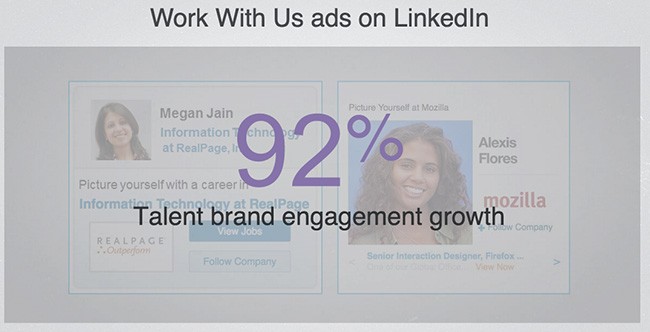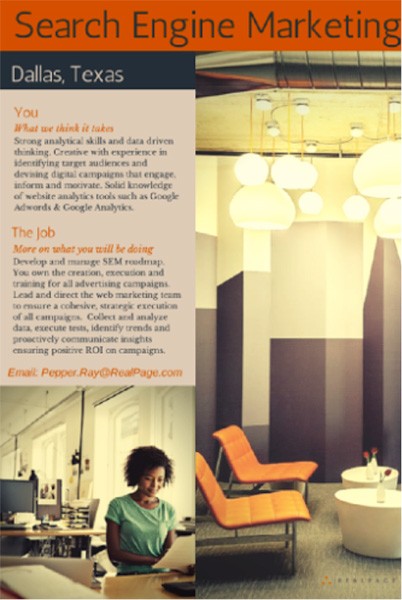Yes, You Can Build a Talent Brand with Zero Budget and No Marketing Team
You may not have heard of RealPage, Inc. It’s a Dallas-based software company that designs solutions for the rental housing space. Like many small and medium-sized businesses, RealPage doesn’t have a strong consumer brand.
RealPage went public in 2010 and was suddenly in hyper-growth mode. To meet the increased demand for talent, “We knew we had to develop our talent brand,” says Suzanne Myers, Director of Talent Acquisition. “We needed a way for the right candidates to recognize and want to join us.”
But Suzanne’s recruiting team didn’t have marketing support. Nor did they have much budget. So they improvised, divided and conquered, and achieved impressive results. Here’s what they did:
Step 1. Identified target audiences and created personas
Through extensive interviews with candidates and new hires, they assessed and identified their target audiences.
“We condensed all of our recruiting areas into five target audiences, each with its own value proposition. Once we knew our audiences, we could start to craft messaging and communicate directly to them. Those five value propositions are what recruiters use each day when engaging talent.”
Step 2. Divided recruiters into strategy teams
“We didn’t have a marketing team to support our talent brand, so we divided our recruiters into four strategy teams in order to tackle what needed to get done.” The four teams were:
Build the brand: develop new content for the Careers site.
Drive us digital: figure out social recruiting, including what to post on which social channels and monitor performance.
Push the pipeline: fill and engage the pipeline based on the five target audiences.
Crash the colleges: build the brand at the college level and get students in the pipeline.
“I didn’t lead these teams nor make decisions for them,” explains Suzanne. “They set the pace and deliverables, and had the freedom and flexibility to act independently.”
“We held quarterly updates in which the teams presented their progress and what was planned for the next quarter. These meetings created a healthy competition among recruiters, helping to propel us further than we had imagined.”
“By empowering recruiters with these fun projects, we fueled their desire to learn, and unlocked some hidden talents. Now I have a whole team of recruiters who can build and deliver a killer presentation.”
Despite recruiters’ diverse responsibilities in the strategy teams, “We actually filled jobs at the same pace as we had in the previous year, on average 4.5 jobs per day. Our average fill time is an impressive 38 days for tech talent and we have a 95% offer acceptance rate. Our employee referral has lifted to 39% as well.”
Step 3. Transformed the recruiter scorecard to reflect the strategy teams
“The biggest change we made was how we measured recruiter performance.”
“Previously recruiter performance was tied to traditional metrics such as time to fill and acceptance rate. So when we tried social media recruiting for example, it didn’t work because recruiter performance wasn’t tied to it. Changing the scorecard to reflect the strategy teams made a big impact.”
Step 4. Got social
“The strategy teams helped give us confidence, especially in the social arena. We had created a RealPage Facebook page and Twitter handles but we weren’t really using them. We didn’t know how to do it or do it well.”
Three tactics that worked for RealPage:
- Tell the story internally.
The team created an “Activate Your Potential” employer brand campaign to drive internal awareness around its RealPage Careers Facebook page. They got employees involved by inviting them to take selfies capturing when and where they “activated their potential” with RealPage.
In the first 10 months of the campaign, there was a 292% increase in engagement on RealPage’s Facebook page.
- Invest in Work With Us ads.
“Work With Us was the only financial investment any of the strategy teams made, and the ROI was fantastic,” says Suzanne.
“The ads drove more and more people to start viewing our jobs and following our company. As a result, RealPage had a 92% growth in talent brand engagement over the past year.”
LinkedIn following increased dramatically too. “When we started in October 2012 we had 2,600 followers; today we have over 22,000.”
- Experiment with visual content.
“Our recruiters figured out how to become marketers. For example, they started creating visual content in the form of what we call ‘job aides.’ Rather than posting boring job descriptions, they started using images to grab candidate attention.”
Here’s an example of a search engine marketing job aide. In the first three hours it had an impressive 52 clicks on RealPage’s LinkedIn Company Page. “We are in the process of building a consistent look and feel to our images. We’re still figuring it out. We’re not perfect at it,” admits Suzanne.
RealPage job aids: limited text and lots of eye candy
Want to hear more? Watch Suzanne deliver her keynote speech from Talent Connect San Francisco, October 22, 2014.
Topics: Employer brand
Related articles



